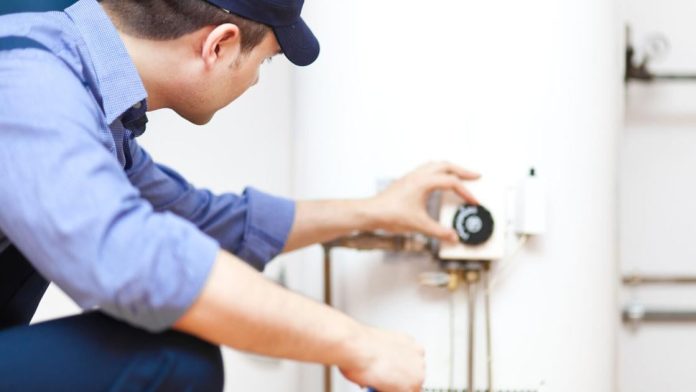Rosie Romero Special for the Arizona Daily Star
QQuestion: I have had my house for 16 years and it has never had a plumbing inspection. I’m not aware of any problems. Should I still make an appointment?
Answer: Most homeowners schedule a plumbing inspection when they sell their home, buy a new one, or have a problem. There is no reason to wait for any of these situations. It is best to make an appointment before a problem arises.
Inspection and maintenance of sanitary facilities go hand in hand. Inspection of plumbing systems will determine if and what maintenance may be required. A thorough overhaul of this vital system in our homes can prevent disaster from happening when we least want it (like on Christmas Eve when you have guests over).
The timing of your inspection is important. The inspection can be done at any time of the year, but it is highly recommended to schedule or do it before the monsoon. The reason is simple; Humidity. If you’ve used a swamp cooler, you know how the moisture brought into the home can cause wooden doors and windows to swell, making them a little harder to open or close. It’s the same with plumbing. The expansion and contraction and wetting of otherwise dry connections can cause problems.
People also read…
Leaks and clogs are the most common repairs in a home’s plumbing system. Also pay attention to the smallest spots of corrosion, rust, calcification and limescale deposits. You may not be able to see the leak yet, but these four signs are hallmarks of a leak beginning to manifest itself.
The goal of inspections is, of course, to prevent a disaster by acting proactively. The result of a professional inspection is a comprehensive report detailing the problem areas and providing you with a solution to consider.
Q: What does a sanitary inspection involve?
A: A plumbing inspection performed by a professional company licensed by the Arizona Registrar of Contractors should include:
water quality – The test of your water for hardness, softness and chlorine content is complete. Knowing whether your water has high or low pH or chemical levels can help the inspector or yourself look for specific reactions with piping, valves and fittings.
water pressure – High water pressure can put undue stress on plumbing and fittings. High water pressure in your home is like high blood pressure in your body. The ideal water pressure is 50 to 55 pounds of pressure per square inch (psi).
Kettle – This device can cost thousands of dollars if not maintained. An inspection will check all of the fittings, the exterior of the tank, and any valves that shut off the water to the tank. Plumbers look for signs of corrosion, including rust, scale and scale. What starts as a pinpoint leak with some buildup around that point can develop into an expensive repair. All connection points of piping, vents, relief valves and drains are carefully checked.
valves — There are many valves in a home plumbing system, starting with the main system shutoff valve where your home connects to your water utility. Each valve is checked and tested. Each sink has at least two valves; one for hot and one for cold (often called angle stops). The laundry valves, toilet valves and hose bibs are inspected for rust, corrosion, calcification and limescale deposits. They are also tested for functionality by turning them off and leaving the faucets and toilets running. If the valve is closed and water is leaking, it must be replaced.
toilets — The toilet is tested for proper operation, including assessment of leakage from the tank into the toilet. A dye tablet is placed in the tank and the water in the bowl is observed for dye dripping from the tank into the bowl. If so, the flush valves and seals in the tank are not working properly. Tiny leaks can result in a lot of wasted water over time. Another telltale sign is the sound of the toilet tank filling up at random intervals.
piping — The hot and cold water supply lines are checked for large and small leaks where visible. The joints and connections are important places to look for signs of a leak, or a local leak is brewing. The same check as for the supply lines must also be carried out for the drain lines. Sink drains, particularly P-siphons, are inspected for possible signs of leakage or damage. If you store items under the sinks, be careful when moving them in and out as you could loosen the drain line.
Check out some innovative and sometimes overlooked energy-saving strategies that can help you and your wallet beat the Tucson summer heat.
David Wichner
Rosie Romero has been an Arizona home construction and remodeling expert for more than 40 years and is the host of the syndicated Saturday morning radio show Rosie on the House, heard locally from 10 a.m. to 11 p.m. on KNST-AM (790) in Tucson.
Be the first to know
Get local news in your inbox!
tucson.com
https://tucson.com/rosie-on-the-house-why-and-when-to-do-a-plumbing-inspection/article_a699dad6-c80b-11ed-b563-2ba93fe7f6f1.html















